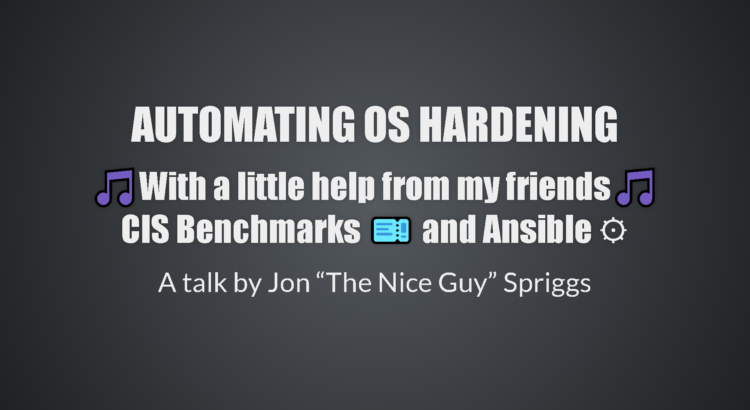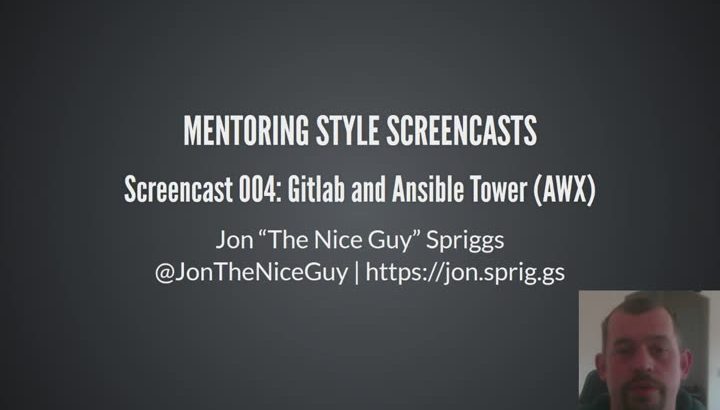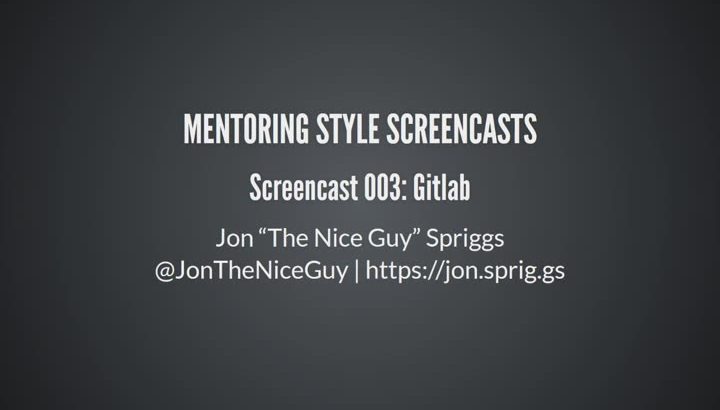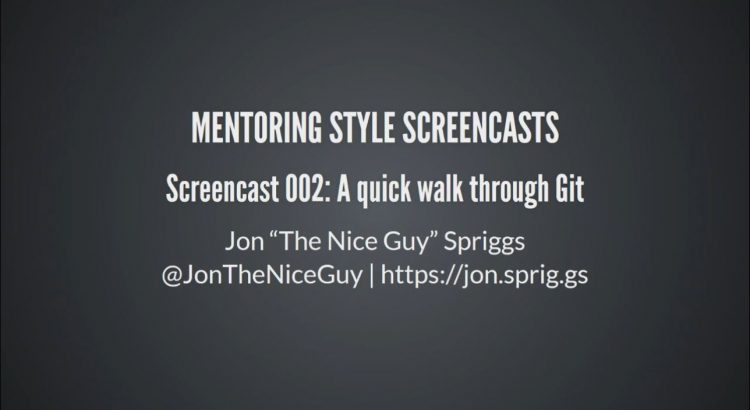Format: Theatre Style room. ~30 attendees.
Slides: Available to view (Firefox/Chrome recommended – press “S” to see the required speaker notes)
Video: There was a stream recorded on the day, however, due to the technical issues detailed below, I uploaded a better, pre-recorded version, after the event.
Slot: Room 1, 14:30-15:00
Notes: Wow, this probably had the worst technical issues of any of my talks so far.
In the morning before the talk, I checked my talk, and realised the speaker notes were still the long-form version I’d written for the recording… so I jumped into the editor and started putting the bullet-points in. I checked the output, and the formatting had all changed! Oh no, what had I done? Well, actually, a recent update to the presenter plugin I use for WordPress had moved the location of all the theme CSS files… fortunately, I’d had this happen to me before, so I knew what to look for – but for 10 minutes, I thought editing the speaker notes had properly caused me issues! Thank goodness for SSH!!
In the actual venue, in the morning, I was told that they’d moved the room allocations for everything in Slot 1, because they needed to run to pre-recorded videos for speakers who couldn’t attend in there. No worries! I said! We get to the afternoon, and they let me know that I’m in Room 1, as they’d finished screening the videos… The adjustments to the schedule is probably the one (small) issue I have had with BSides Liverpool – but having been involved with OggCamp, I know how hard this piece is!
I head to Room 1 and set up, but it’s the first time I tried to deliver a talk using my new laptop, which doesn’t have any external video ports, so a few weeks ago, I bought an USB HDMI interface… tested it at home, and thought all was “good”. The screen they were using for Room 1 didn’t recognise the interface I was using! Oh no!! So I borrowed a laptop from one of the crew, but it didn’t have bluetooth, so I couldn’t use the “clicker” for moving my slides on, and then we’re just about to go live, and the crew tell me that the camera to use to record my talking head, is not rendering any video, and “can I use the webcam on the laptop”.. Hmmm Of course, I say yes, but it means that I need to have the Windows Camera app on screen the whole time.
Anyway, talk starts up, and part way through the presentation, I don’t notice, but the WiFi drops out, so when I get to the pre-recorded demo of running Ansible…. NOPE. Bah, OK, so I continue on, and the final images (a QR code for the project I’m plugging, and my social media avatar) are missing. Oh well. Also, part way through, I realised that the screen resolution where the slides are being rendered are basically showing up dreadfully, because the text size is so very small on the screen, and the people at the back of the room really can’t see the content!
Had some fab questions from the audience, talking about things I’ve not really thought about (and really made me interested in how to do things with Windows and Ansible).
And then, just as I wrap up, I noticed that when I’d clicked on to show the demo, it had hidden the webcam. Ah, oh well. Fortunately, as I mentioned, I’d pre-recorded my talk, the only thing I’ve “lost” is the questions, but as I wasn’t really sure on many of the answers I provided, I’m not desperately sad about it.
Fundamentally, all of the technical issues really stemmed from the fact my laptop wasn’t capable of rendering on the screen. If I’d solved that in advance, the rest of the issues could have been resolved when I wasn’t stressing about getting my presentation to work on an unfamiliar machine.
I’m very grateful to BSides Liverpool for giving me the opportunity to deliver my presentation, and the rest of the event (I’ll post about that later) was fab!





